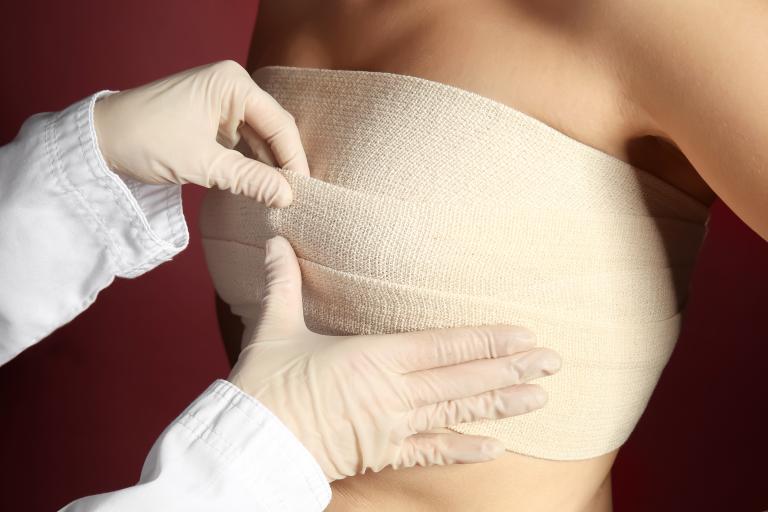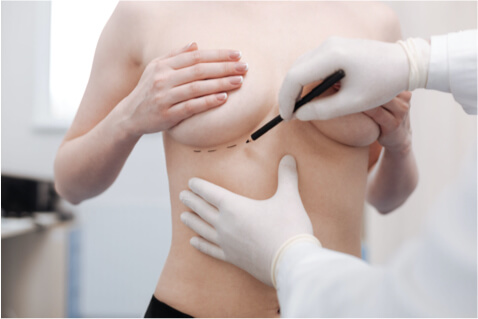
What is a Breast Lift?
A breast lift, also known as a mastopexy, removes excess skin and reshapes and tightens the breast contour. It gives you more shape and definition. After a breast lift, breasts will appear more firm and raised.
Unlike a breast enlargement or reduction, a breast lift minimally changes the size of your breasts, however a breast augmentation or reduction can be combined with a breast lift. For women with large areola, a reduction in the size of the areola can also be included as part of a breast lift.
With age women’s breasts can sag. For this reason, our surgeon may need to lift your natural breast to align with your new ‘perkier’ reconstructed breast. Depending on the amount of sagging, the incision will be made around your areola, or from the areola to the bottom of your breast.
During this procedure our surgeon will reshape the breast tissue, remove surplus skin and ensure both your nipple and areola are in the right position.
